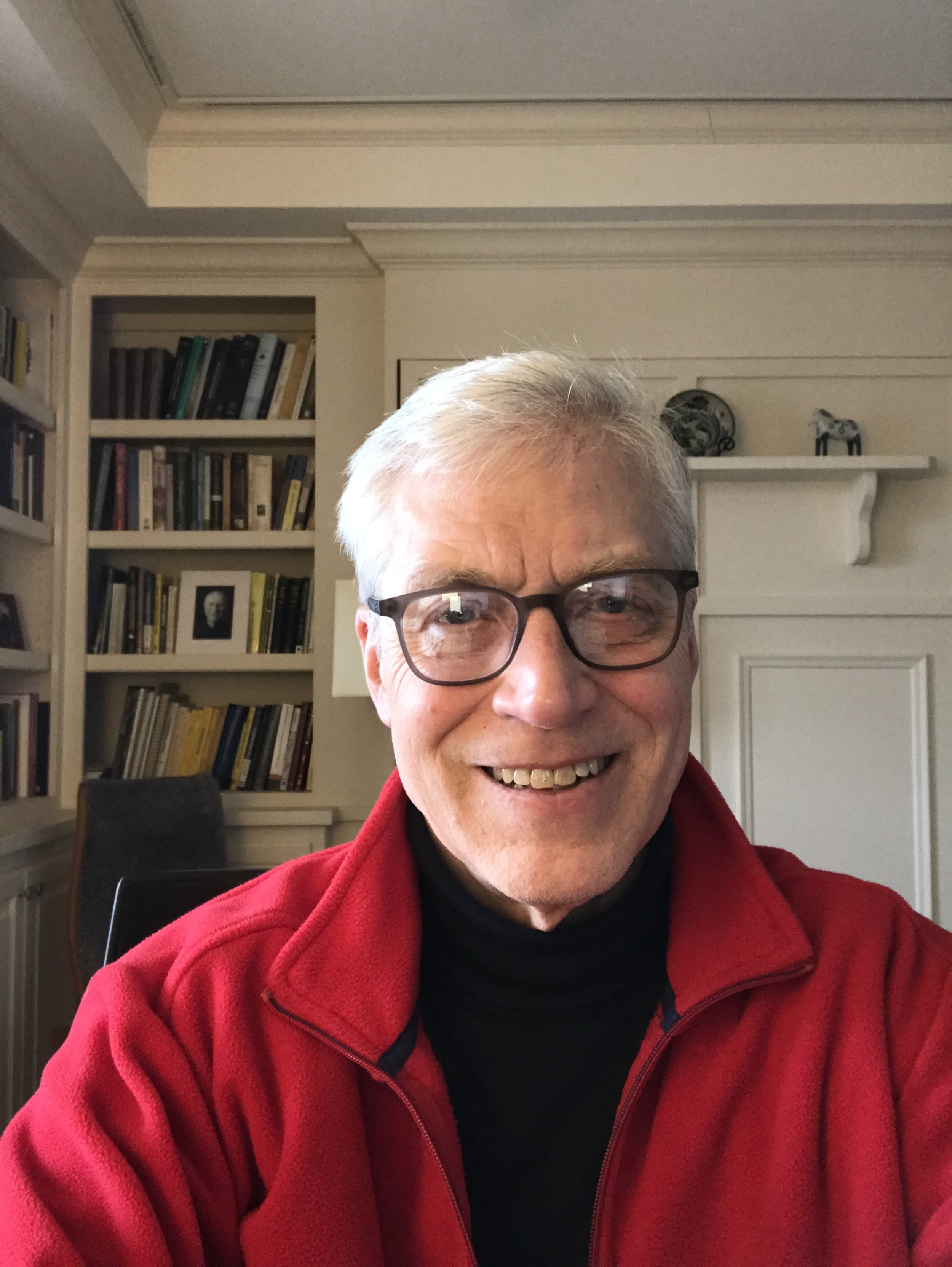My Mathematical Journey: Real Analysis
By: David Bressoud @dbressoud
David Bressoud is DeWitt Wallace Professor Emeritus at Macalester College and former Director of the Conference Board of the Mathematical Sciences
I love real analysis. In many respects, this is the purest form of mathematics. It begins with precise definitions and builds through a progression of lemmas, propositions, and theorems to truly powerful and interesting results. I taught it frequently at Penn State and was disappointed that few of my students shared my enthusiasm.
This hit me particularly strongly when I had time at the end of the semester to introduce Fourier series and demonstrate how almost everything we had studied in this course was needed to understand what was happening with these series. They seem to violate every commonsense expectation of infinite series of functions: The summands are continuous, but the series may not be. The summands are differentiable and integrable, but the series may not be. Even when it is, we cannot necessarily find the derivative or integral by differentiating or integrating each summand. Yet all of these apparent difficulties dissolve before the results we had obtained during the course. My students were less than impressed. What counted for them was that we had reached the end of the course and they would soon be free from needing to memorize definitions and theorems in preparation for the next exam.
As I pondered this failure, I realized that I had been teaching the course backwards. Mathematical exposition builds from definitions to lemmas to theorems. That is the way to build a solid argument, a convincing proof. But that is not how mathematical discovery proceeds. Most students do not need to be convinced of the logical validity of the results we present. They will take them on faith. What they need is to understand the mathematics. Here it is important to think about how mathematics is discovered. Discovery begins with an observed pattern, an intuitive feel for what should be true. The challenge then is either to find a way of convincing others that this is real or to find a counterexample that clarifies that you do not yet know exactly what is happening.
As I explained in Proofs and Confirmations, the situation is analogous to that of someone parachuted into unknown territory where marvels are observed. One wants to share them. The challenge is to find the way back to known territory. Once this is done, the parachutist can lay out a path for others to follow so that they can share these wonders. Of course, the analogy breaks down in that the mathematical explorer has the privilege of being able to work from both ends, trying to find a familiar landmark in an unfamiliar land, but also able to transport back home and try to travel from what is known in a direction that holds promise of leading toward the discovery. It is possible to transport back and forth until the connection is made.
Once a path has been established, future travelers to this wonder seek to make it more direct and easier to negotiate. Generations later, there is a paved road that proceeds smoothly. In the usual class of real analysis, we lead students down this road. We should not be surprised that they fail to appreciate the nuances and difficulties inherent in its construction. Terms such as “uniform convergence” took decades to appear and be recognized as significant. As the standard course whizzes past them we should anticipate that many if not most students will fail to appreciate their significance. I decided to restructure how I taught real analysis so that students could witness and even participate in building the road.
The wonder with which modern real analysis began was the Fourier series. It arose from a practical need, the need to solve partial differential equations, in particular the heat equation. But its importance lay in how Fourier series violated common expectations. To Fourier’s contemporaries, this was indeed strange and unknown territory, contradicting almost everything they thought they knew about the behavior of infinite series. The textbook that I wrote for this course, A Radical Approach to Real Analysis, begins with an introduction to these surprising and disturbing series. I still love the sentence that opens my book, “The crisis struck four days before Christmas 1807.” That was the day Joseph Fourier deposited his manuscript on Theory of the Propagation of Heat in Solid Bodies.
Cover of first edition of A Radical Approach to Real Analysis
I have written about the need to challenge students by presenting them with mathematics that is unexpected or counter-intuitive. This is part of providing what Guershon Harel speaks of as “intellectual need.” This does not necessarily mean a significant application. It is just as easily—and perhaps more powerfully—something that piques students’ interest and makes them wonder what is happening. There are many such opportunities within real analysis. I refer to this as “gritty mathematics.” I describe it in my Launchings column from January 2015, The Benefits of Confusion, and an article, “True Grit in Real Analysis,” that appeared in Mathematics Magazine in 2020.
I have had great fun with this approach over the years. Most of my students have appreciated it. Being challenged to think about the mathematics is what lies at the heart of the call for active learning.
References
Bressoud, D. (1999). Proofs and Confirmations: The Story of the Alternating-Sign Matrix Conjecture (Spectrum). Cambridge: Cambridge University Press. doi:10.1017/CBO9780511613449
Bressoud, D. (2007). A Radical Approach to Real Analysis: Second Edition. Providence, RI: AMS|MAAPress. ISBN: 978-1-4704-6904-
Bressoud, D. (2015) The Benefits of Confusion. Launchings. January, 2015. http://launchings.blogspot.com/2015_01_01_archive.html
Bressoud, D. (2020). True Grit in Real Analysis, Mathematics Magazine, 93:4, 295-300, https://doi.org/10.1080/0025570X.2020.1790967
Download the list of all past Launchings columns, dating back to 2005, with links to each column.



